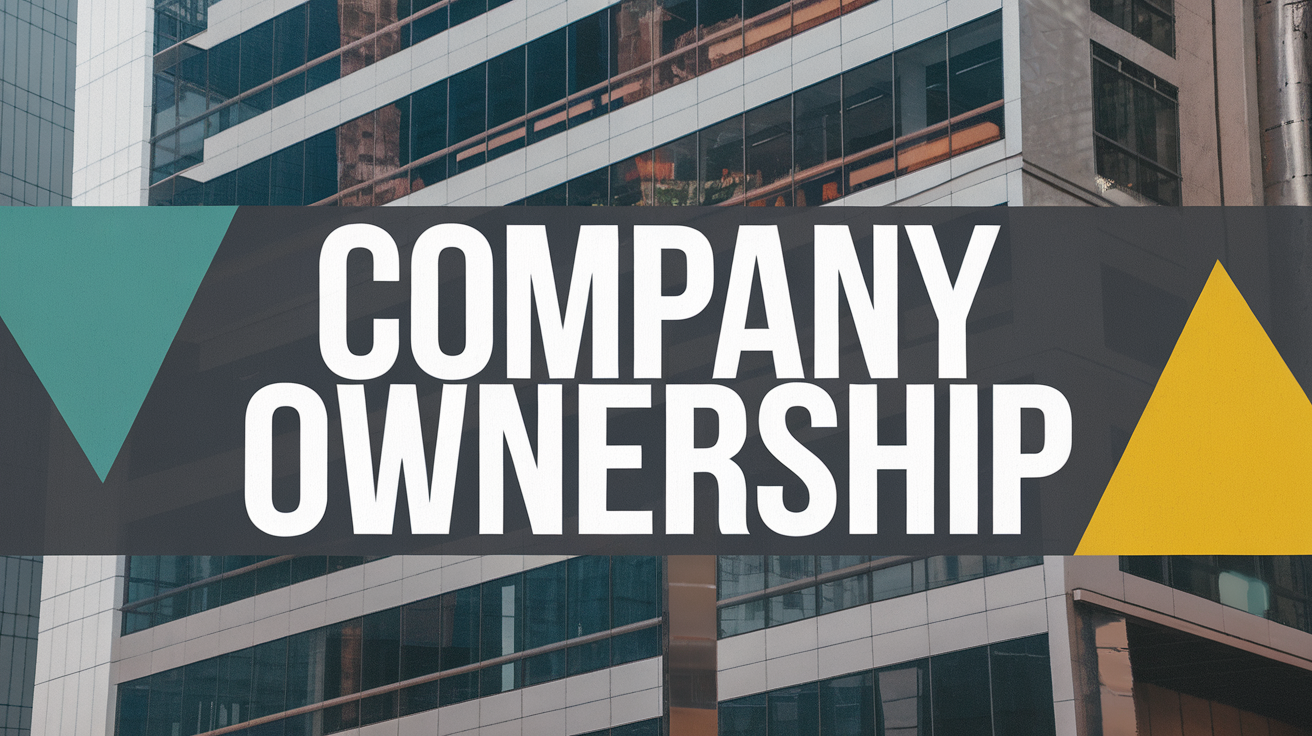Tesco is one of the largest and most successful retail companies in the UK. Its ownership structure is a blend of institutional and retail investors, with significant shareholder influence shaping the company’s strategic direction. This article explores Tesco’s corporate structure, its evolution from a family-run business to a publicly traded multinational entity, and the regulatory framework that governs its operations.
This publicly traded company is listed on the London Stock Exchange (LSE) under the ticker symbol TSCO. This means that its ownership is distributed among institutional and retail investors who buy and sell shares on the stock market. The company is also a component of the FTSE 100 Index, which includes the top 100 publicly traded companies in the UK by market capitalization.
Major Shareholders
Tesco’s ownership is divided among various institutional investors, private shareholders, and company executives. Some of the major shareholders include asset management firms, pension funds, and hedge funds. BlackRock, Vanguard Group, and Norges Bank Investment Management are among the significant institutional investors that hold a stake in Tesco.
Retail Investors
A portion of Tesco’s shares is owned by individual investors who purchase stocks through brokerage accounts. These retail investors may include long-term shareholders who believe in Tesco’s growth strategy, as well as short-term traders looking to capitalize on price fluctuations.
Tesco’s Corporate Structure
Tesco’s corporate structure consists of a Board of Directors and an executive leadership team, ensuring strong governance and effective management of the company’s vast operations.
Board of Directors
Tesco is managed by a Board of Directors, which is responsible for overseeing the company’s operations, financial performance, and strategic decisions. The board includes executive directors, non-executive directors, and an independent chairman.
Executive Leadership
The day-to-day management of Tesco is handled by the executive leadership team, which consists of the CEO, CFO, and other key executives. These leaders implement the company’s business strategy, oversee financial performance, and ensure smooth operations across Tesco’s various divisions.
Changes in Ownership Over the Years
Tesco’s ownership has evolved significantly since its founding, transitioning from a family-run stall to a publicly traded multinational corporation.
Founding and Early Years
Tesco was founded in 1919 by Jack Cohen as a small market stall in East London. Initially, it was privately owned and operated by Cohen and his family. In those early days, Cohen’s focus was on providing quality goods at affordable prices to the local community. He worked tirelessly to build a loyal customer base, relying on word-of-mouth recommendations and strong relationships with his suppliers. Over time, the stall evolved into a recognizable brand, setting the stage for what would eventually become one of the UK’s most successful retail chains. Cohen’s entrepreneurial spirit and keen understanding of customer needs were instrumental in this transformation, laying the foundation for Tesco’s future growth.
Public Listing on the Stock Exchange
In 1947, Tesco became a publicly traded company, allowing outside investors to buy shares and become partial owners of the business. The move helped Tesco expand its operations, fund new store openings, and establish itself as a major supermarket chain in the UK.
Major Acquisitions and Sales
Over the years, Tesco has undergone several ownership changes through acquisitions and divestitures. The company has acquired various businesses to expand its reach, including Booker Group, a leading wholesaler, and several international supermarket chains. Tesco has also sold off non-core businesses, such as its South Korean and US operations, to focus on its core UK and European markets.
Tesco’s Stakeholder Influence
Tesco’s operations are shaped by both its shareholders and government regulations, ensuring compliance, competition, and corporate responsibility.
Shareholder Influence
As a publicly traded company, Tesco is influenced by its shareholders, who vote on major company decisions, such as the appointment of directors, executive compensation, and corporate policies. Institutional investors often play a significant role in guiding the company’s long-term strategy.
Government Regulations
Tesco operates under strict government regulations regarding competition laws, consumer protection, and corporate governance. Regulatory bodies, such as the Competition and Markets Authority (CMA) in the UK, oversee Tesco’s business activities to ensure fair competition and compliance with industry standards.
Conclusion
Tesco’s ownership structure is a combination of institutional and retail investors, with major shareholders influencing corporate decisions. Over the years, Tesco has evolved from a family-run business to a publicly traded multinational company. The company’s governance structure ensures that shareholders, executives, and regulatory authorities work together to maintain Tesco’s market leadership and drive long-term growth.

